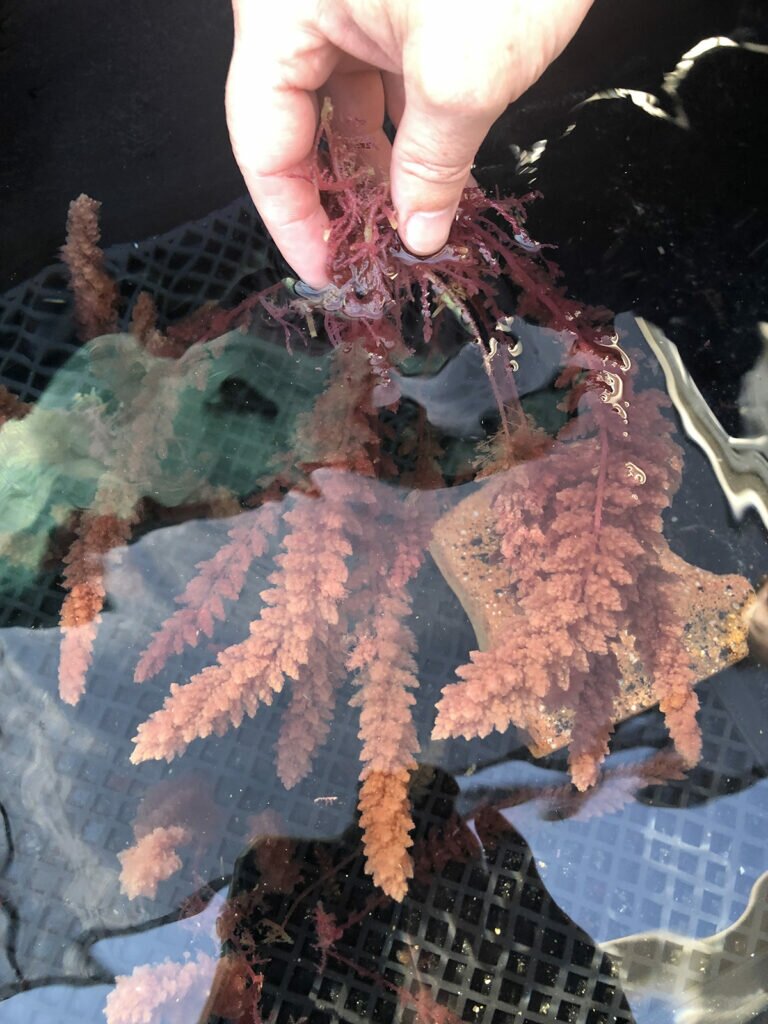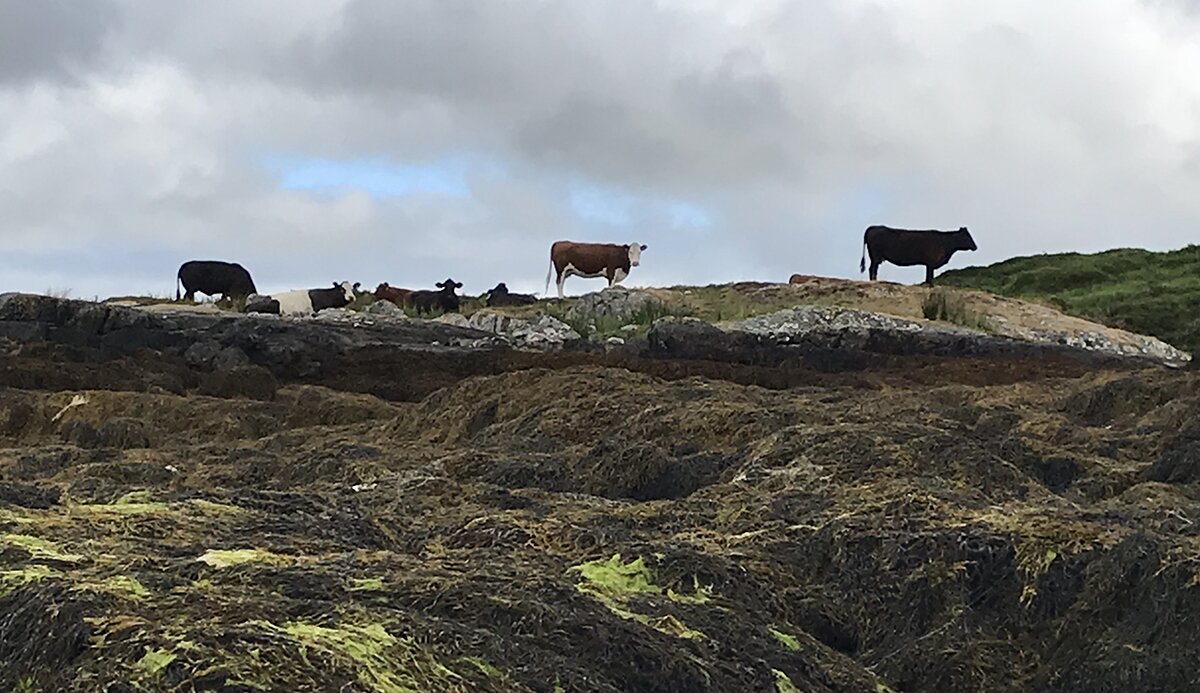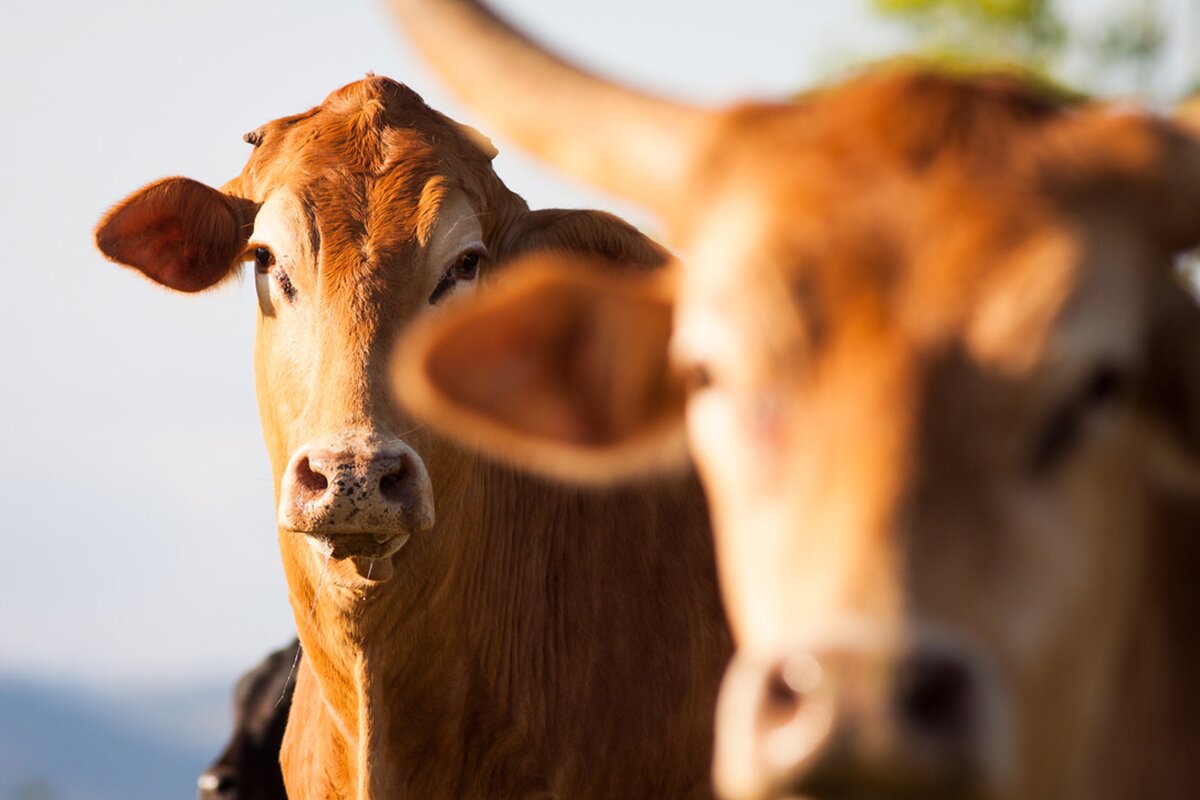Seaweed as a natural methane blocker is a genuinely promising approach to restricting emissions in the agriculture sector. It can overcome many of the barriers that have hindered progress, including regulatory restrictions that limit synthetic feed additives. As a supplement, even at low doses, the seaweed has demonstrated its power to decrease methane gas production by more than 80%. Bromoform is the seaweed’s active substance. It blocks the completion of methane formation by disrupting the gut microbes’ last step activity.
Asparagopsis taxiformis, the seaweed in question, is a red algae species found in temperate waters. It was discovered and refined by marine algae specialists in Australia, and related seaweed species all over the world are being researched for similar gains and their cultivation potential.
Known as FutureFeed, this initiative has been identified by the Australian Department of the Environment as the top of four priority technologies for reducing enteric methane emissions from livestock. With direct economic benefits for livestock farmers, in addition to reducing the negative climate impact, scalability is restricted mainly by how much seaweed can be made sustainably available.
The technology could also have indirect benefits, including filtering detrimental nutrients in ocean water and creating alternative incomes in developing countries where fisheries are in decline.


